Home>Gardening & Outdoor>Outdoor Recreation & Activities>What Is A Cornhole Board?
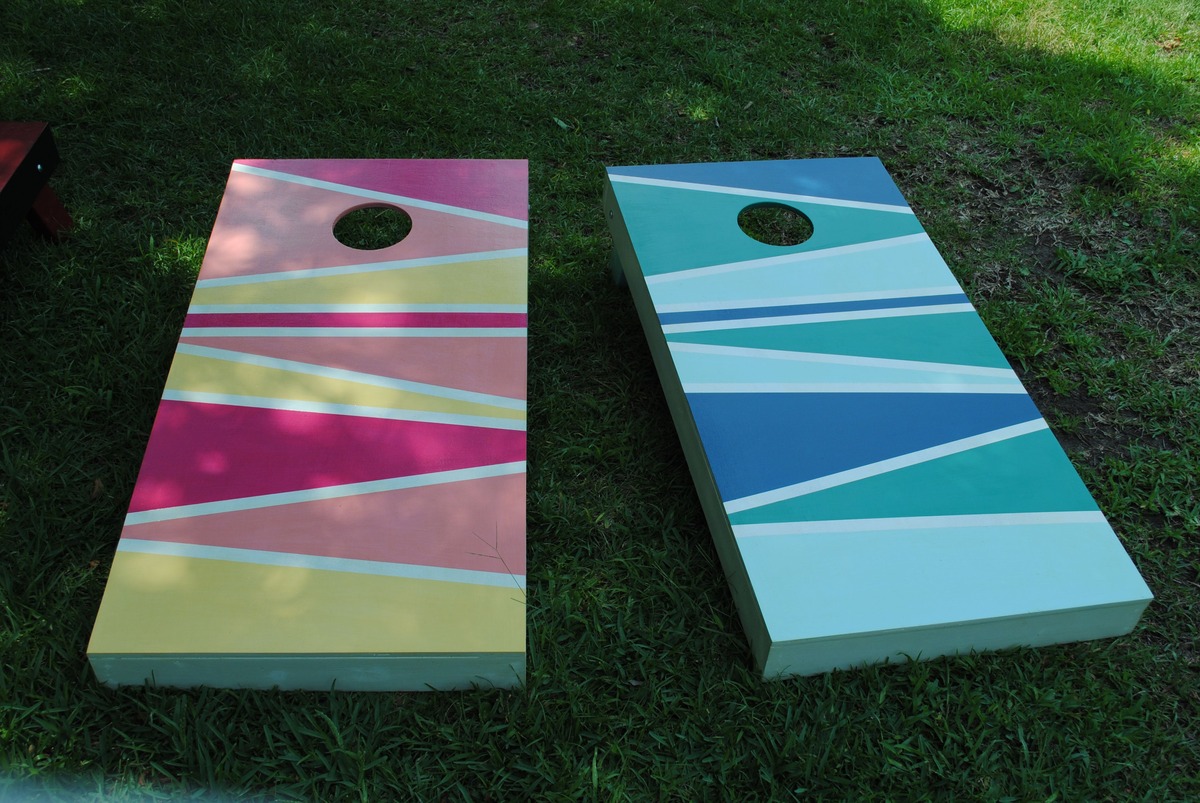

Outdoor Recreation & Activities
What Is A Cornhole Board?
Modified: March 25, 2024
Discover the fun of outdoor recreation and activities with a cornhole board. Learn what it is and how to enjoy this classic game.
(Many of the links in this article redirect to a specific reviewed product. Your purchase of these products through affiliate links helps to generate commission for Storables.com, at no extra cost. Learn more)
Introduction
Welcome to the world of cornhole, a beloved outdoor game that has been captivating players of all ages for decades. Whether you're a seasoned cornhole enthusiast or just discovering this entertaining pastime, it's essential to understand the fundamentals of the game and the equipment involved. In this comprehensive guide, we'll delve into the history of cornhole, explore the components and types of cornhole boards, learn how to play the game, and even provide tips for crafting your own custom cornhole board.
Cornhole, also known as bean bag toss, is a game that brings people together for hours of lighthearted fun and friendly competition. It's a perfect addition to backyard gatherings, tailgate parties, and leisurely afternoons at the park. The game's simplicity and versatility make it accessible to players of all skill levels, from beginners to seasoned pros.
In the following sections, we'll take a closer look at the origins of cornhole, the essential components of a cornhole board, the different types of boards available, the rules and techniques of the game, and valuable insights for constructing your very own cornhole board. By the end of this guide, you'll have a comprehensive understanding of all things cornhole, empowering you to fully enjoy this classic game with friends and family.
So, grab your bean bags and let's dive into the fascinating world of cornhole!
Key Takeaways:
- Cornhole is a beloved outdoor game with a rich history, offering fun and friendly competition for players of all ages. Understanding its components, types of boards, and gameplay enhances the overall experience.
- Building your own custom cornhole board is a rewarding and creative endeavor, allowing you to infuse your personality and passion into a cherished piece of gaming equipment. It’s a great way to customize your gaming experience.
Read more: What Size Is A Cornhole Board?
History of Cornhole
The origins of cornhole can be traced back to the Midwest region of the United States, where it gained popularity as a beloved pastime among farmers and rural communities. While the exact origins are somewhat shrouded in mystery, the game is believed to have originated in the rural farmlands of Kentucky and Ohio during the 19th century.
One prevailing theory suggests that the game was initially played by early pioneers using dried animal bladders filled with beans, which were tossed into open cornhusks or wooden crates. As the game evolved, the makeshift materials were replaced with more durable and standardized equipment, leading to the modern incarnation of cornhole.
Throughout the years, cornhole has transitioned from a simple rural amusement to a widespread recreational activity enjoyed at social gatherings, picnics, tailgate parties, and backyard barbecues. Its enduring appeal lies in its accessibility, as players of all ages can participate, making it a quintessential game for both casual and competitive play.
While the game’s roots are firmly planted in American soil, its popularity has spread far beyond the country’s borders. Cornhole has garnered a dedicated following in various countries, with enthusiasts organizing tournaments and events to showcase their skills and passion for the game.
Today, cornhole has become an integral part of American outdoor culture, embodying the spirit of camaraderie and leisurely enjoyment. Its enduring legacy and widespread appeal have solidified cornhole as a timeless classic, bringing people together to share in the simple pleasures of friendly competition and outdoor recreation.
As we continue to explore the world of cornhole, it’s important to acknowledge the rich history and tradition that have contributed to its enduring popularity. Understanding the game’s roots adds a layer of appreciation for its evolution and the joy it brings to countless individuals and communities.
Components of a Cornhole Board
Understanding the essential components of a cornhole board is fundamental to fully appreciating the game and its equipment. A standard cornhole board consists of several key elements that contribute to its functionality and gameplay.
- Board Surface: The playing surface of a cornhole board is typically constructed from smooth plywood, providing a consistent and even area for the bean bags to slide across. The surface is often sanded to ensure a uniform texture that allows for optimal gameplay.
- Board Frame: Surrounding the playing surface is the board frame, which provides structural support and defines the boundaries of the playing area. The frame is essential for maintaining the integrity of the board and ensuring a sturdy playing surface.
- Hole: Positioned near the top of the board is the cornhole, a cutout hole that serves as the target for players to aim their bean bags. The hole is strategically placed to add an element of challenge and precision to the game.
- Folding Legs: Many cornhole boards are equipped with folding legs, allowing for easy setup and storage. The legs provide stability during gameplay and can be conveniently folded for transportation and compact storage.
- Surface Design: While the standard design of a cornhole board features a simple, unadorned surface, custom boards often showcase intricate designs, team logos, or vibrant artwork, adding a personalized touch to the game.
These components collectively form the foundation of a cornhole board, creating an engaging and dynamic playing experience for participants. Whether you’re a casual player enjoying a friendly match or a dedicated enthusiast honing your skills, understanding the intricacies of the board’s components enhances your overall appreciation for the game.
As we delve deeper into the world of cornhole, it’s important to recognize the significance of each component and its role in shaping the game’s dynamics. From the smooth playing surface to the precision-targeted cornhole, every element contributes to the timeless appeal of this beloved outdoor pastime.
Types of Cornhole Boards
When it comes to cornhole boards, enthusiasts have a variety of options to choose from, each offering distinct features and characteristics that cater to different preferences and playing styles. Understanding the types of cornhole boards available can help players select the ideal board for their individual needs and enhance their overall gaming experience.
- Regulation Size Boards: Regulation size cornhole boards adhere to the official dimensions specified by recognized cornhole organizations. These boards are typically 4 feet long and 2 feet wide, providing a standard playing surface for competitive play and official tournaments.
- Tailgate Boards: Tailgate boards are designed for portability and convenience, making them ideal for outdoor gatherings, picnics, and tailgate parties. These boards are often smaller in size and feature collapsible legs for easy transport and storage.
- Customized Boards: Customized cornhole boards offer a personalized touch, allowing players to showcase their favorite sports teams, artistic designs, or unique themes on the playing surface. These boards are popular among enthusiasts who seek a customized and visually appealing gaming experience.
- All-Weather Boards: All-weather cornhole boards are constructed from durable materials that can withstand various outdoor conditions, including moisture and temperature fluctuations. These boards are designed for long-lasting durability and are well-suited for outdoor use in diverse environments.
- DIY Boards: DIY cornhole boards cater to individuals who enjoy crafting their own gaming equipment. These boards provide an opportunity for creative expression and customization, allowing players to construct their own unique cornhole boards tailored to their preferences.
Each type of cornhole board offers distinct advantages and appeals to different player demographics. Whether you prioritize portability, customization, durability, or official regulation standards, there’s a cornhole board tailored to meet your specific needs and preferences.
As the popularity of cornhole continues to grow, the diversity of available boards ensures that players can find the perfect match for their desired playing experience. Whether you’re a casual player enjoying leisurely games with friends or a dedicated enthusiast seeking competitive play, the variety of cornhole boards available caters to a wide range of gaming preferences and settings.
A cornhole board is a rectangular wooden platform with a hole at one end. It is used in the game of cornhole, where players take turns throwing bean bags at the board, aiming to land them in the hole for points.
How to Play Cornhole
Cornhole is a game that combines skill, strategy, and a touch of finesse, making it an engaging and enjoyable outdoor activity for players of all ages. The rules of cornhole are straightforward, allowing for casual gameplay while still offering opportunities for competitive play. Here’s a step-by-step guide on how to play cornhole:
- Setting Up: Begin by placing two cornhole boards approximately 27 feet apart from the front edge of each board. Each board should face the other, creating the playing area for the game.
- Team Formation: Cornhole is commonly played in teams of two, with each team positioned at one of the boards. Players take turns tossing bean bags toward the opposing board, aiming to score points by landing the bags on the board or through the cornhole.
- Scoring: Points are awarded based on the placement of the bean bags. A bag that lands on the board earns one point, while a bag that goes through the cornhole scores three points. The opposing team’s points cancel each other out, with the difference in points awarded to the team with the higher score for that round.
- Gameplay: Players alternate turns tossing their bean bags, aiming to outscore their opponents and reach the target score, typically 21 points. The game continues until one team achieves or exceeds the target score, winning the match.
- Fouls and Penalties: Certain rules govern fouls and penalties in cornhole, such as stepping past the designated throwing line or interfering with opponents’ throws. Understanding these rules ensures fair and sportsmanlike gameplay.
As with any game, practice and strategy play a significant role in mastering cornhole. Players can experiment with different throwing techniques, adapt their strategies based on the playing environment, and refine their skills to achieve consistent and accurate throws.
Whether played casually at social gatherings or in organized tournaments, cornhole offers a blend of friendly competition and outdoor enjoyment. Its accessibility and simple rules make it an ideal game for players of all skill levels, fostering a sense of camaraderie and lighthearted fun with every toss of the bean bag.
Now that you’re familiar with the basic rules and gameplay of cornhole, it’s time to grab your bean bags, gather your friends, and embark on an exciting cornhole adventure!
Read more: What Are The Best Cornhole Boards?
Tips for Building Your Own Cornhole Board
Building your own cornhole board can be a rewarding and creative endeavor, allowing you to customize the design and construction to suit your preferences. Whether you’re a seasoned DIY enthusiast or a first-time builder, these tips will guide you through the process of crafting a high-quality cornhole board:
- Accurate Measurements: Begin by carefully measuring and marking the playing surface, ensuring that it adheres to the standard dimensions of 4 feet by 2 feet. Precision in measurements is crucial for creating a regulation-size playing area.
- Quality Materials: Select durable and sturdy materials for constructing the board, such as high-grade plywood for the playing surface and robust lumber for the frame. Choosing quality materials ensures the longevity and resilience of the finished board.
- Smooth Surface: Sand the playing surface thoroughly to achieve a smooth and uniform texture, allowing bean bags to glide effortlessly during gameplay. A well-sanded surface contributes to the overall quality and performance of the board.
- Sturdy Frame: Construct a solid frame around the playing surface to provide structural support and stability. The frame should be securely attached to the playing surface, ensuring a robust and durable construction.
- Precision Cornhole: Carefully cut the cornhole into the board, ensuring precise dimensions and a smooth edge for consistent gameplay. The cornhole serves as the focal point of the game, requiring meticulous attention to detail during construction.
- Protective Finish: Apply a protective finish to the completed board to safeguard it from outdoor elements and wear. A weather-resistant sealant or paint can enhance the board’s durability and longevity, allowing it to withstand various environmental conditions.
- Creative Design: Embrace your creativity by adding a personalized touch to the board’s design. Whether showcasing your favorite sports team’s logo, incorporating vibrant artwork, or customizing the board to reflect your unique style, a creative design adds character to the finished board.
By following these tips and incorporating your personal flair, you can construct a custom cornhole board that reflects your craftsmanship and creativity. Building your own board not only provides a sense of accomplishment but also offers the opportunity to tailor the design and features to align with your gaming preferences.
Whether you’re crafting a board for casual backyard games or competitive play, the process of building a cornhole board allows you to infuse your personality and passion into a cherished piece of gaming equipment. So, roll up your sleeves, gather your tools, and embark on the gratifying journey of building your very own cornhole board!
Conclusion
As we conclude our exploration of the captivating world of cornhole, it’s evident that this timeless outdoor game holds a special place in the hearts of players around the globe. From its humble origins in rural America to its widespread popularity at social gatherings and competitive events, cornhole has become a cherished pastime that fosters camaraderie, friendly competition, and outdoor enjoyment.
The history of cornhole reflects the enduring tradition and evolution of the game, showcasing its ability to transcend generations and geographical boundaries. The components and types of cornhole boards offer diverse options for players, catering to individual preferences and settings, while the straightforward rules and gameplay make it accessible to players of all skill levels.
Whether you’re aiming for the coveted cornhole or skillfully landing bean bags on the board, the game of cornhole embodies the perfect blend of skill, strategy, and lighthearted fun. Its versatility as a casual backyard game, tailgate favorite, or organized tournament activity underscores its universal appeal and adaptability to various social settings.
For those inclined toward craftsmanship and creativity, the prospect of building a custom cornhole board presents an opportunity to infuse personal flair and design into a cherished piece of gaming equipment. The process of constructing a board not only yields a tangible sense of achievement but also allows players to tailor the board to their unique preferences and aesthetics.
As you embark on your cornhole adventures, whether as a casual player enjoying leisurely games with friends or a dedicated enthusiast honing your skills, may the spirit of camaraderie, friendly competition, and outdoor recreation accompany you on every toss of the bean bag. Let the joy of cornhole unite friends and family, creating cherished memories and moments of shared laughter and excitement.
So, gather your bean bags, set up your boards, and immerse yourself in the timeless allure of cornhole. Whether you’re aiming for the perfect toss or reveling in the thrill of a well-earned victory, the game of cornhole invites you to embrace the simple pleasures of outdoor recreation and the enduring camaraderie it fosters.
With each toss and every round, may the spirit of cornhole ignite your passion for friendly competition, outdoor enjoyment, and the timeless tradition of this beloved game. Here’s to many memorable games of cornhole and the enduring bonds they create among players, friends, and families alike.
Frequently Asked Questions about What Is A Cornhole Board?
Was this page helpful?
At Storables.com, we guarantee accurate and reliable information. Our content, validated by Expert Board Contributors, is crafted following stringent Editorial Policies. We're committed to providing you with well-researched, expert-backed insights for all your informational needs.
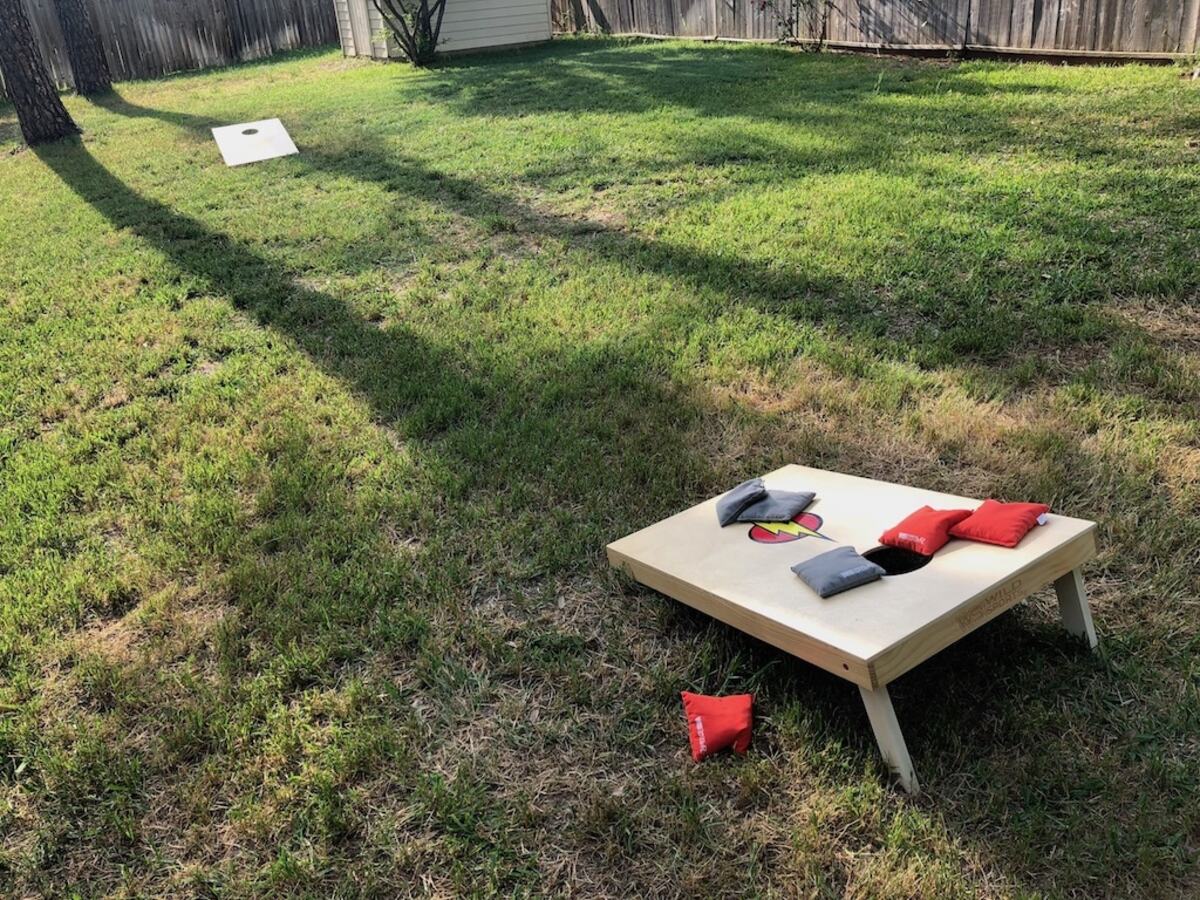
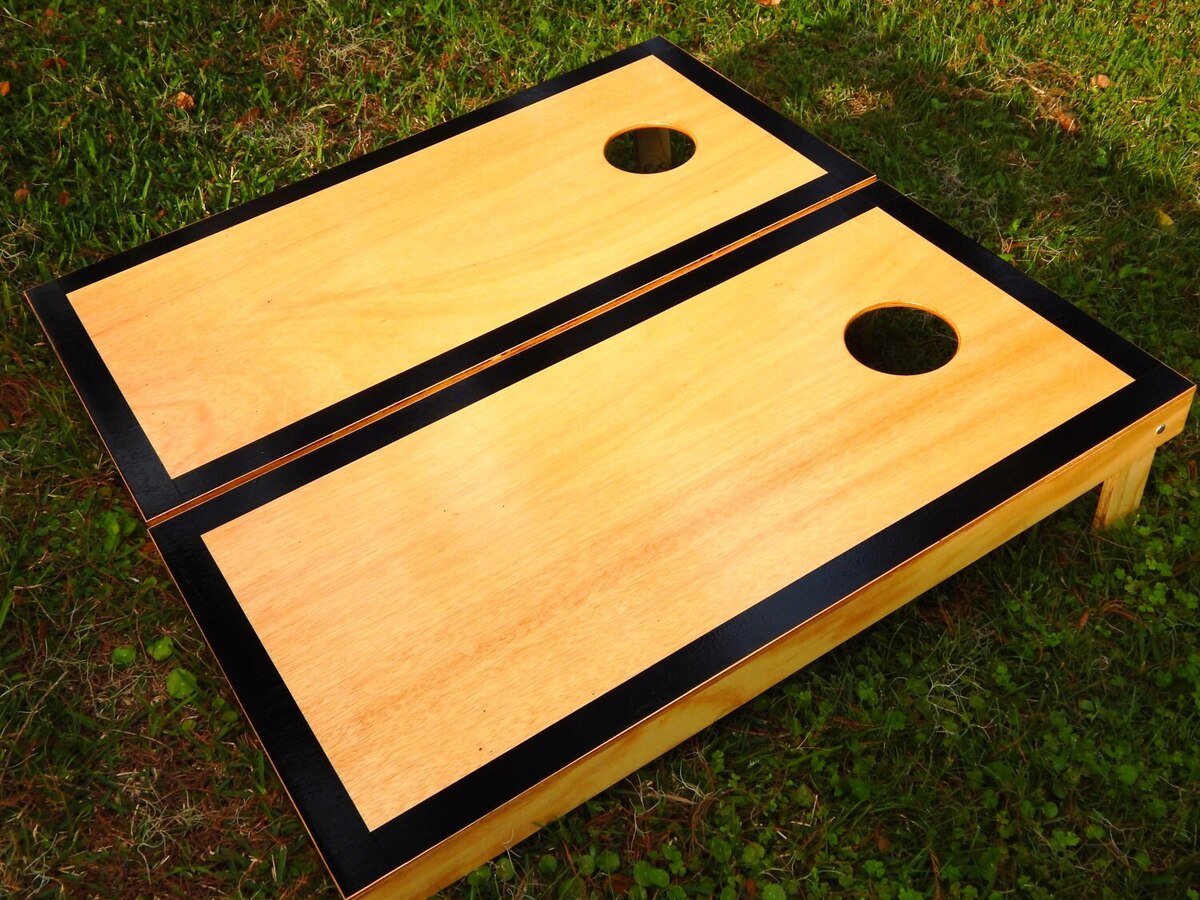
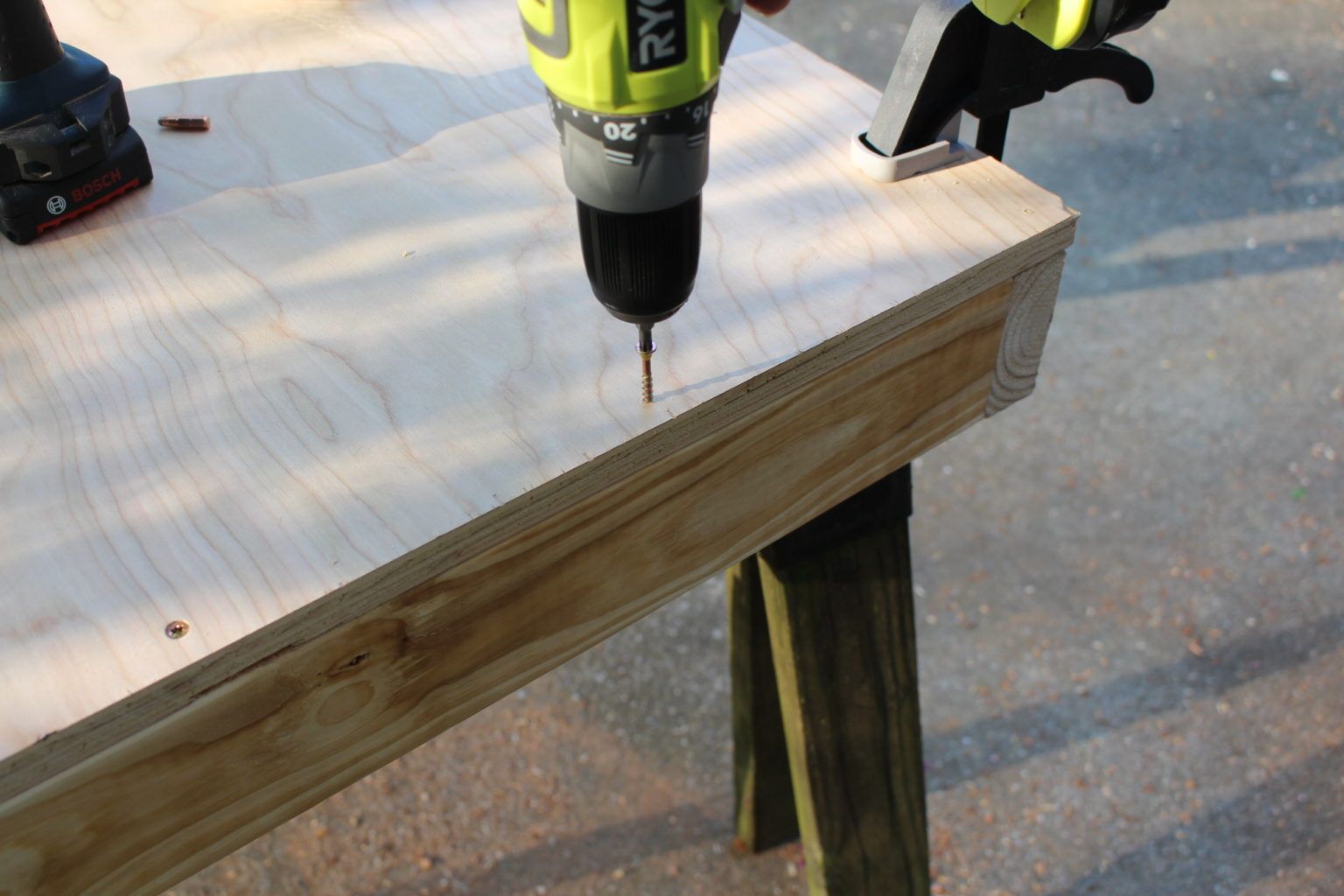
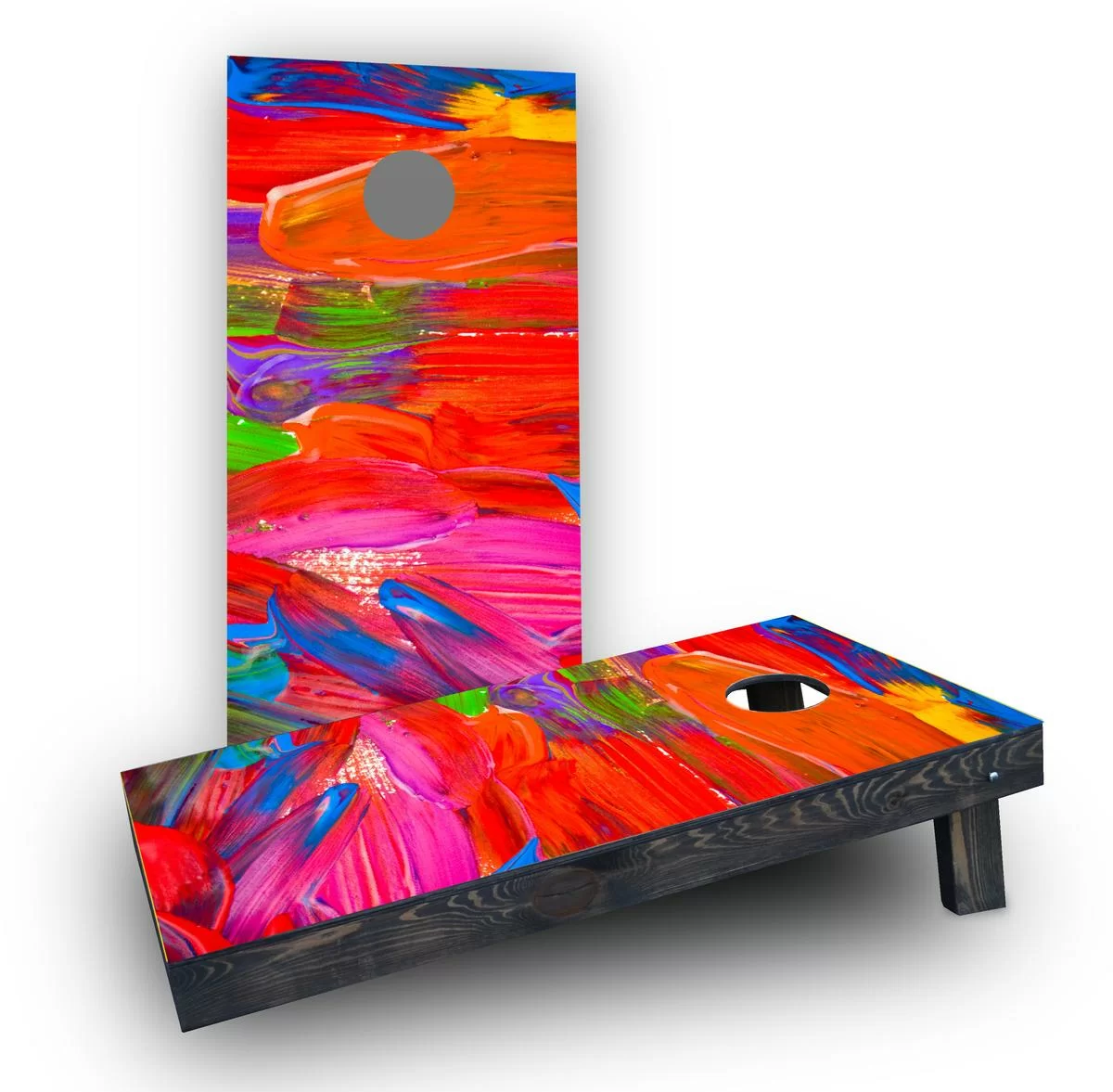
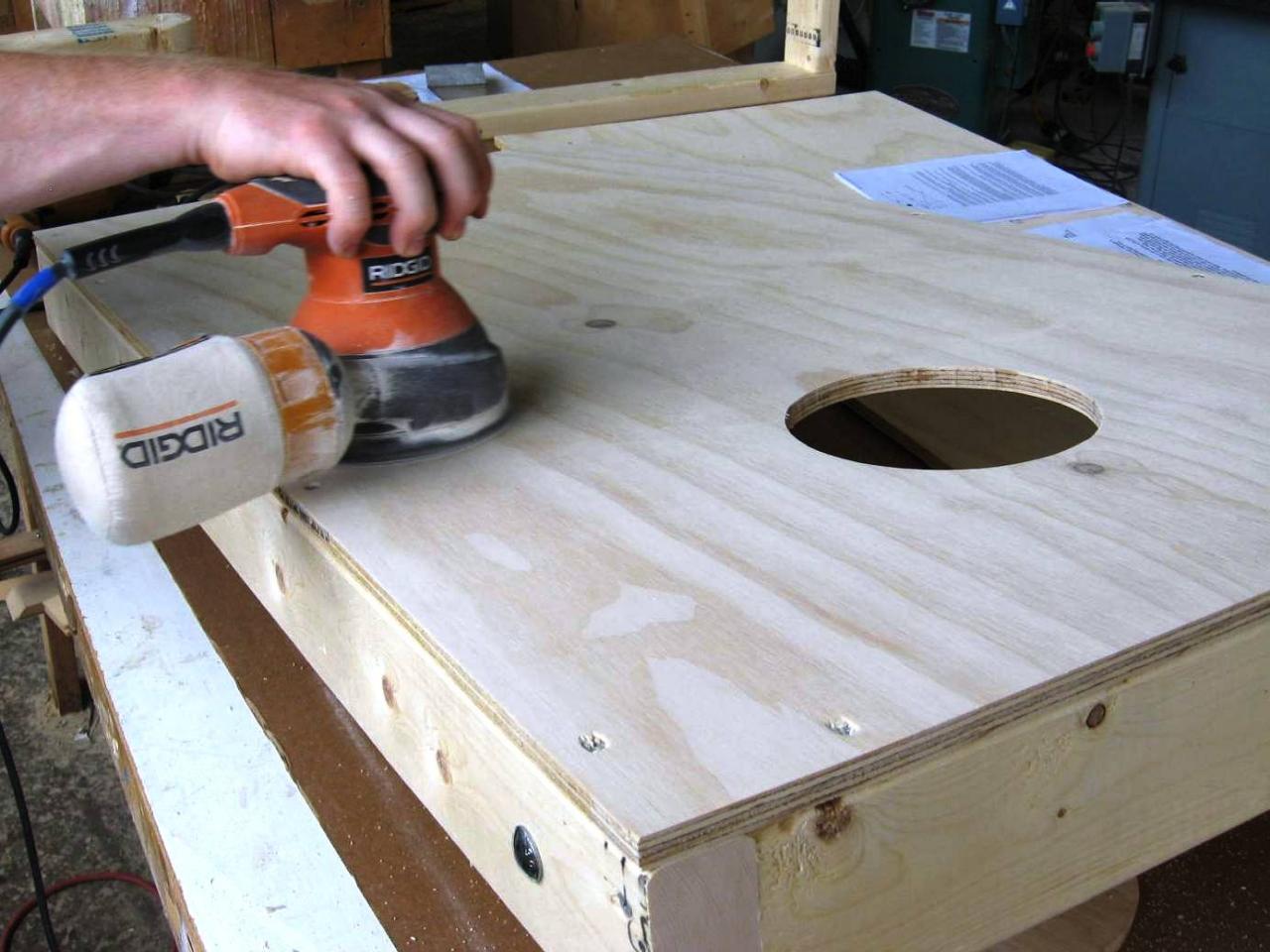
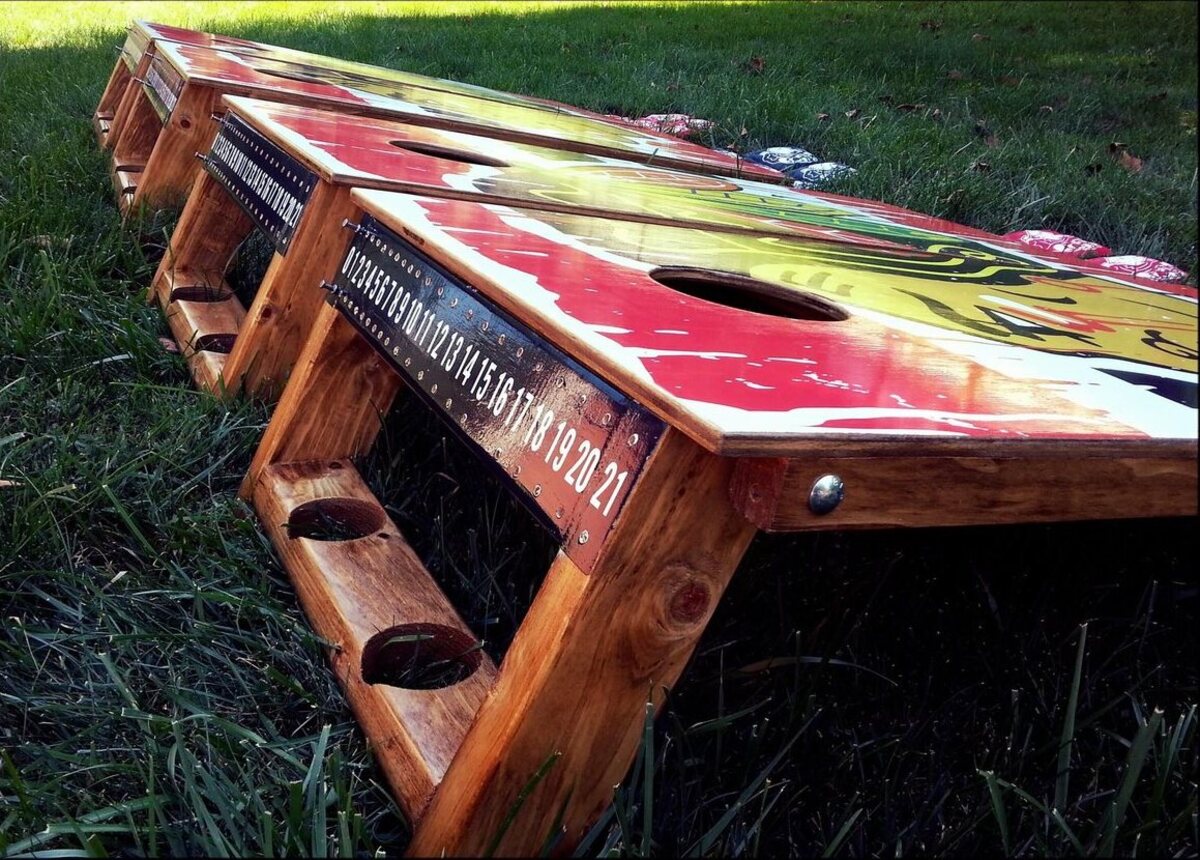
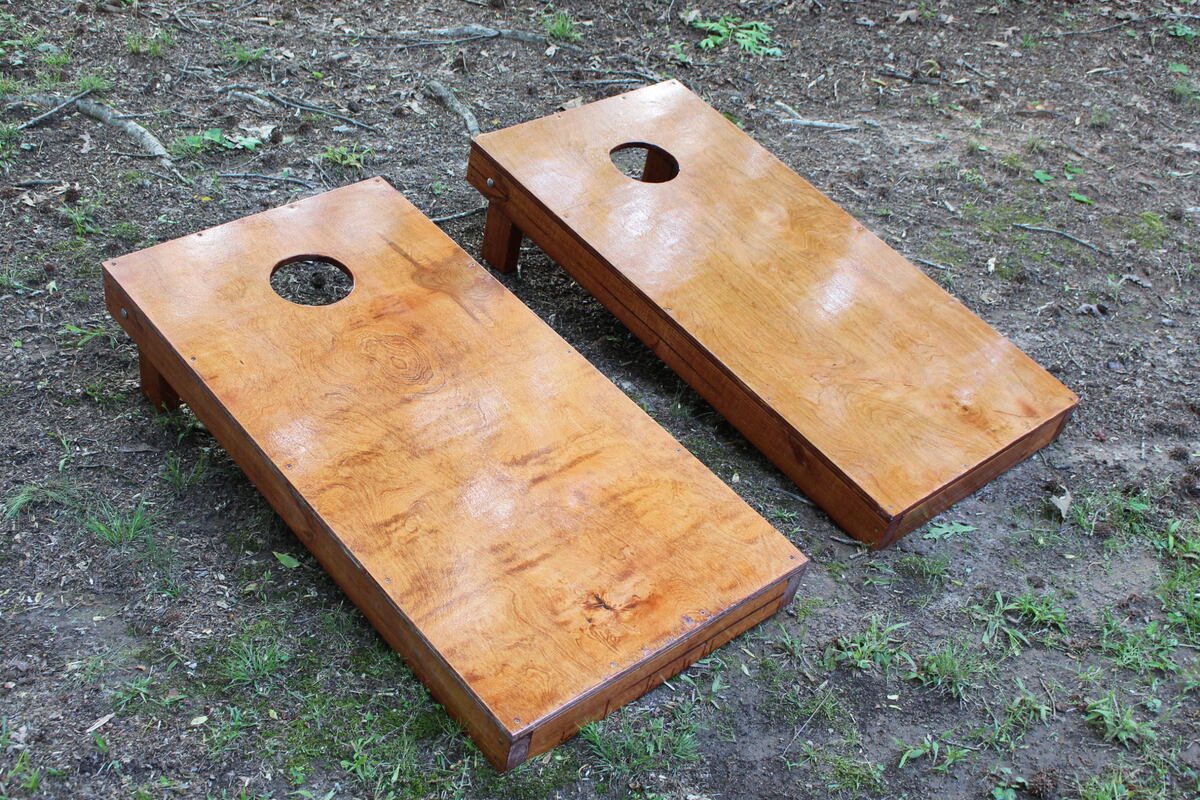
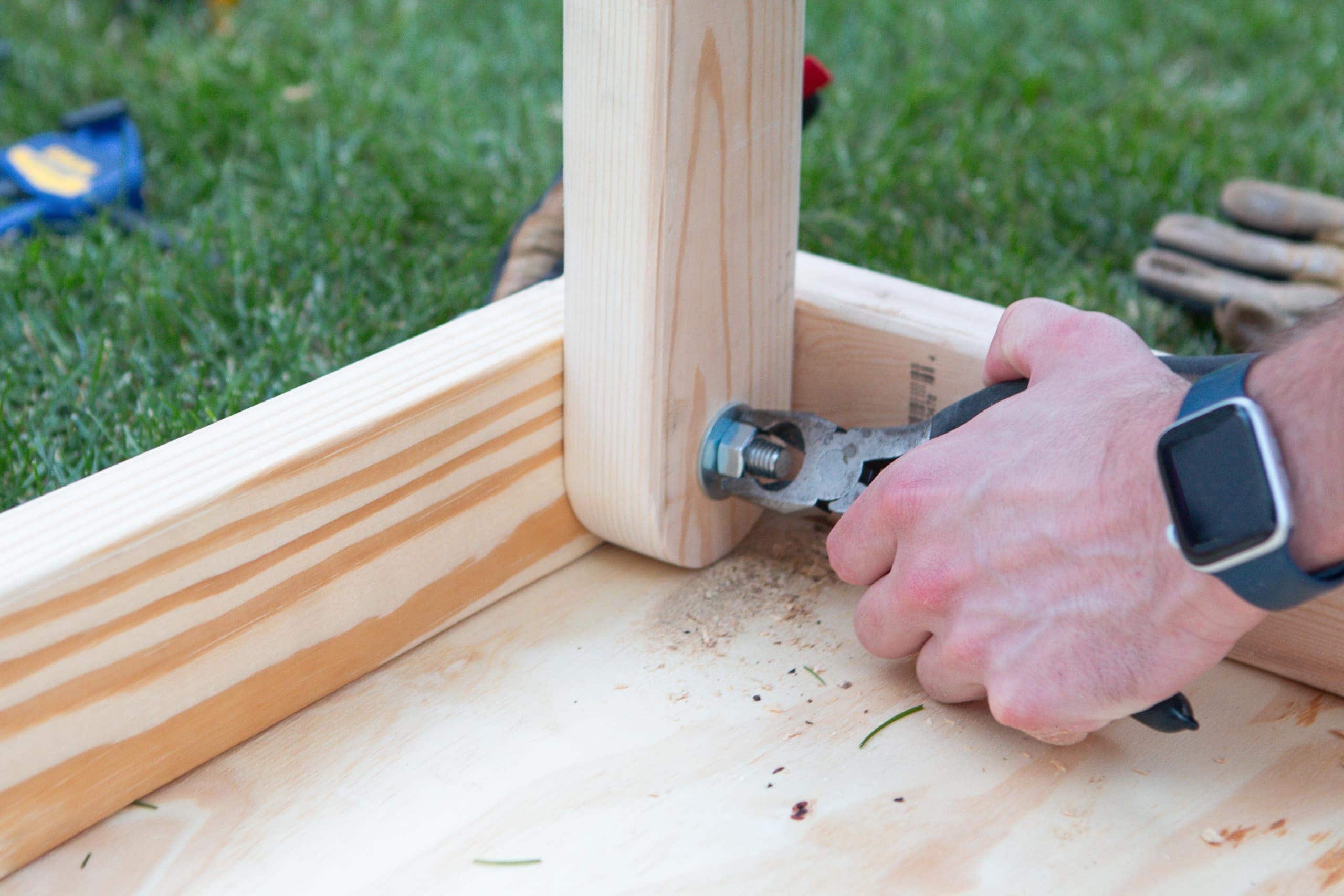
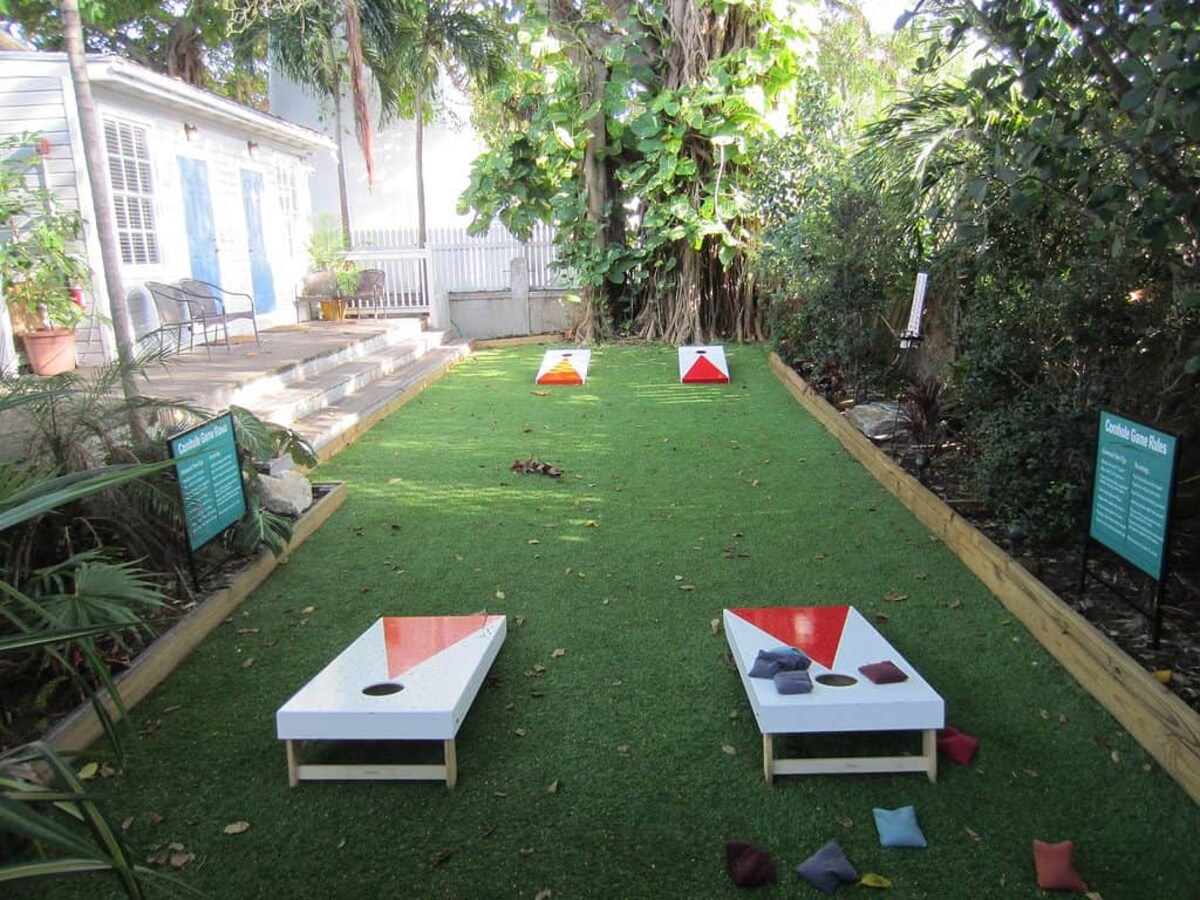
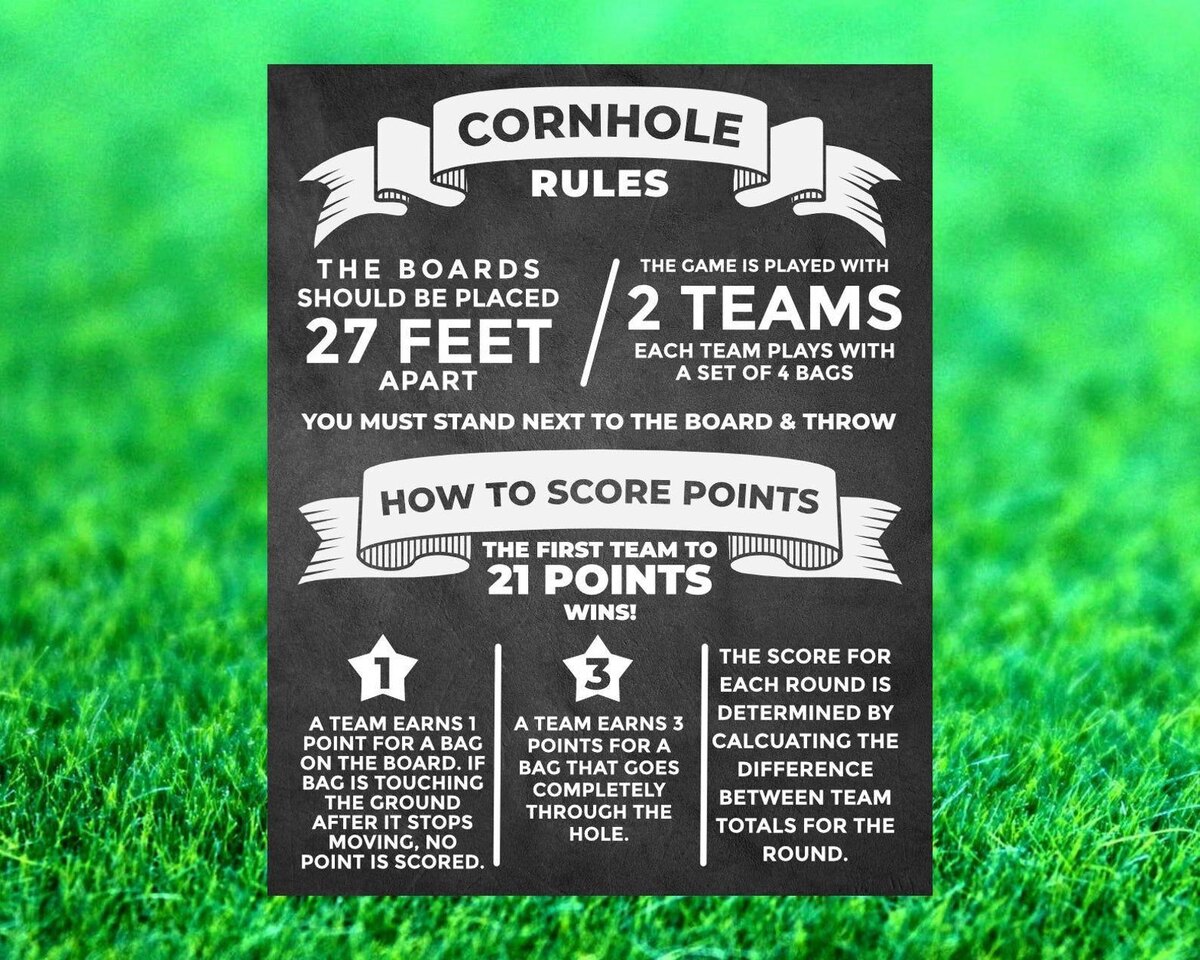
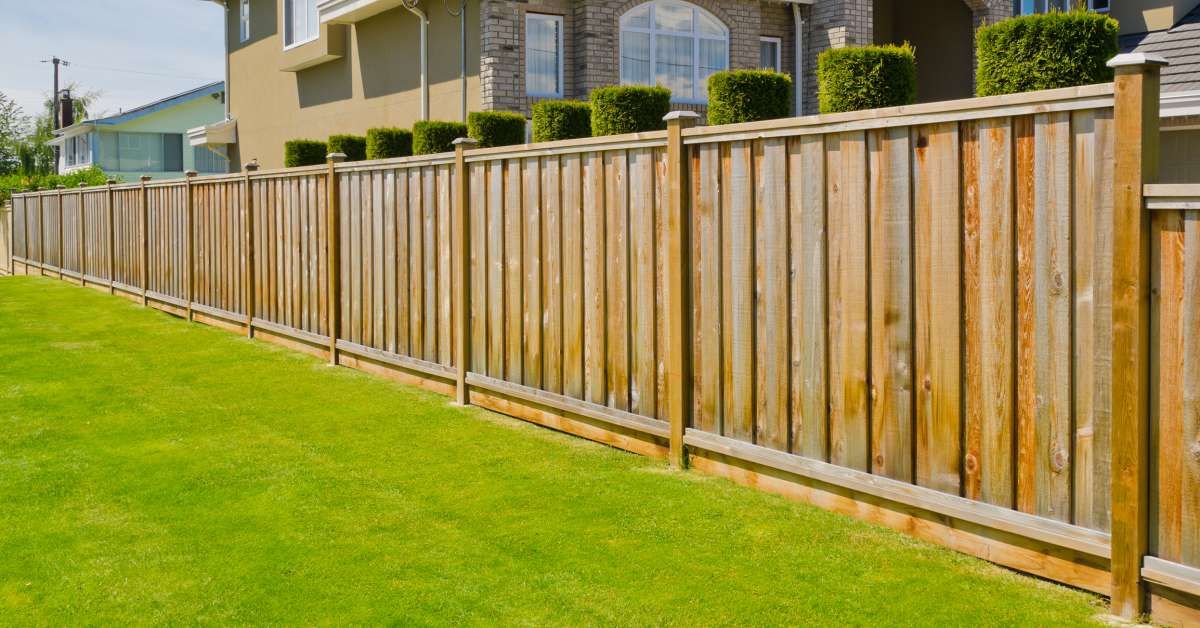
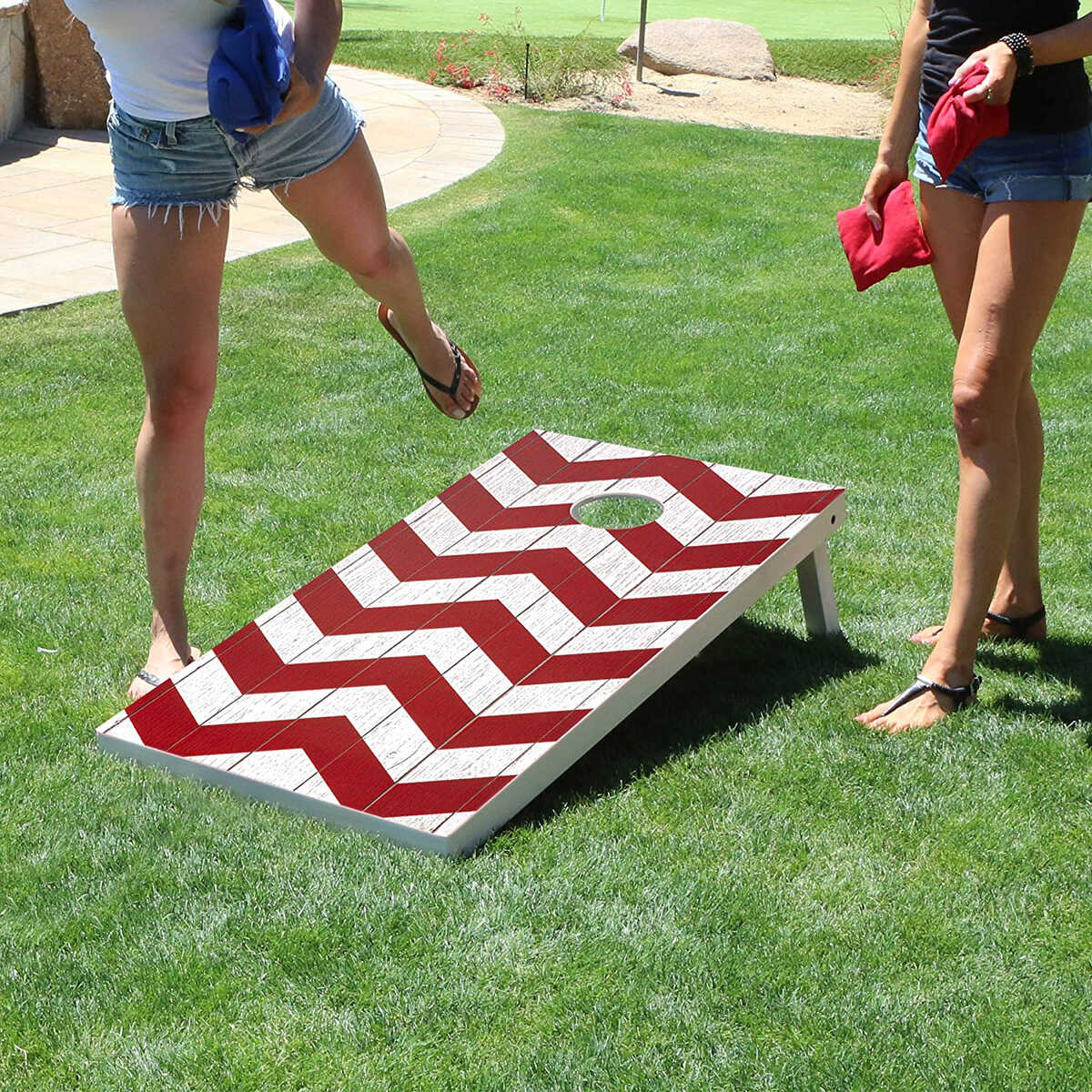
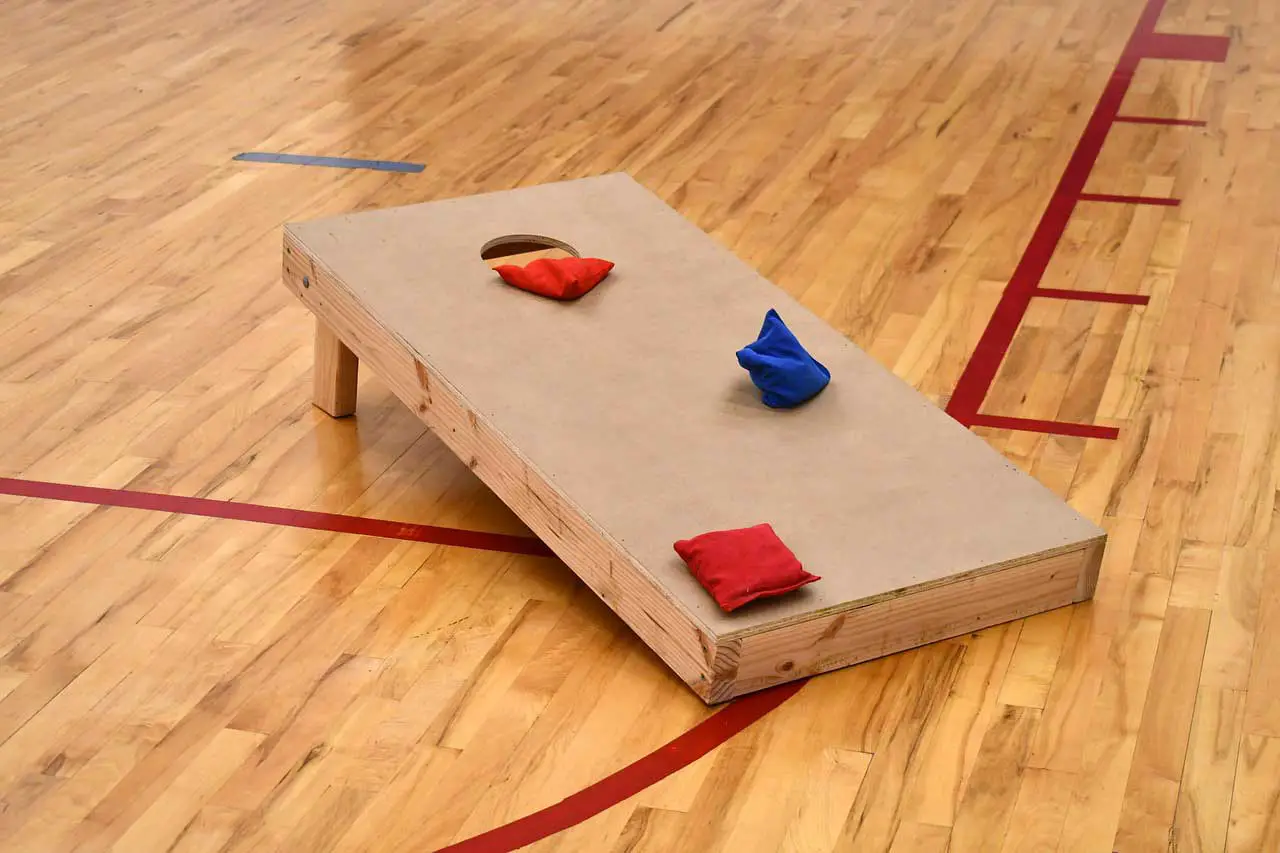
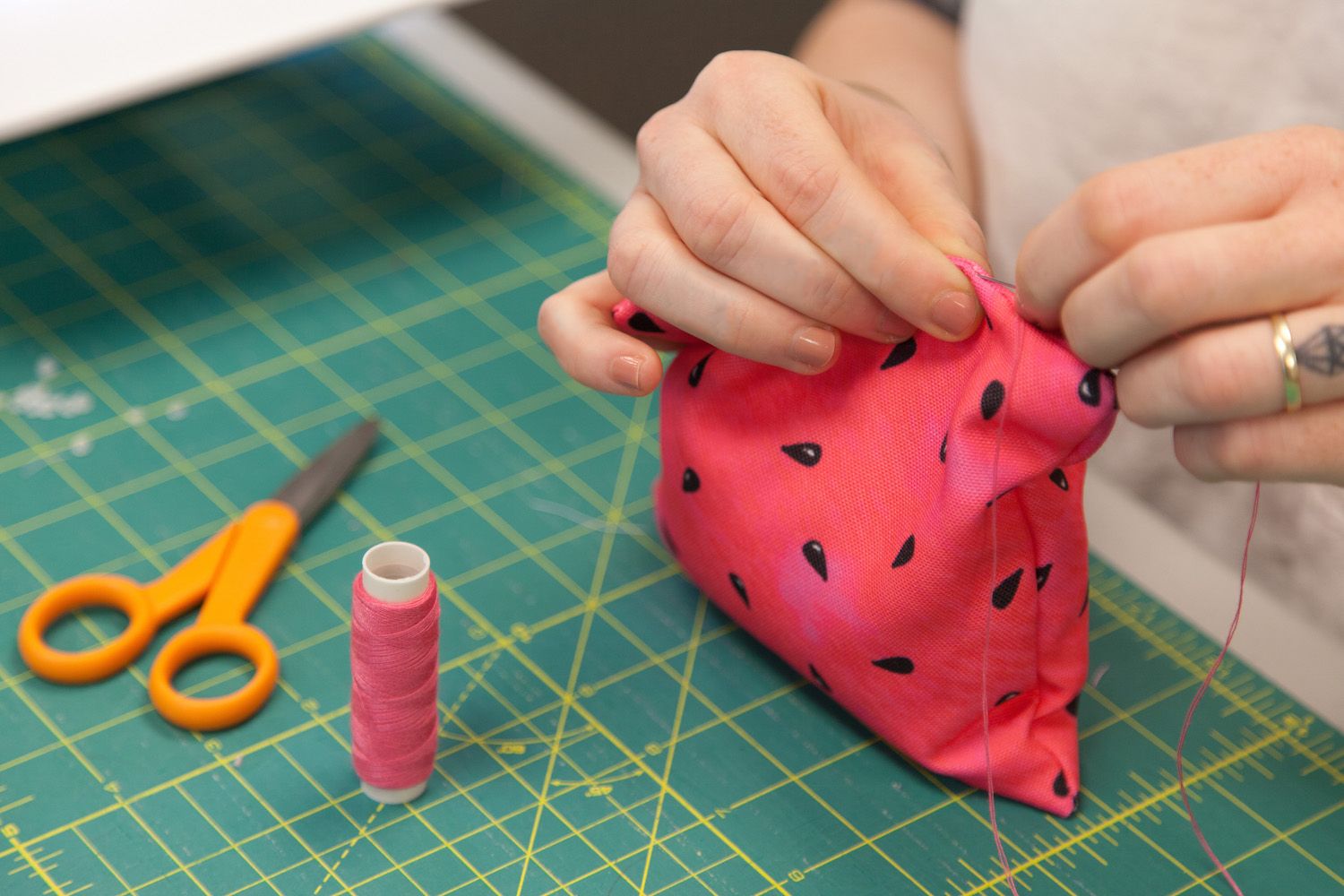

0 thoughts on “What Is A Cornhole Board?”